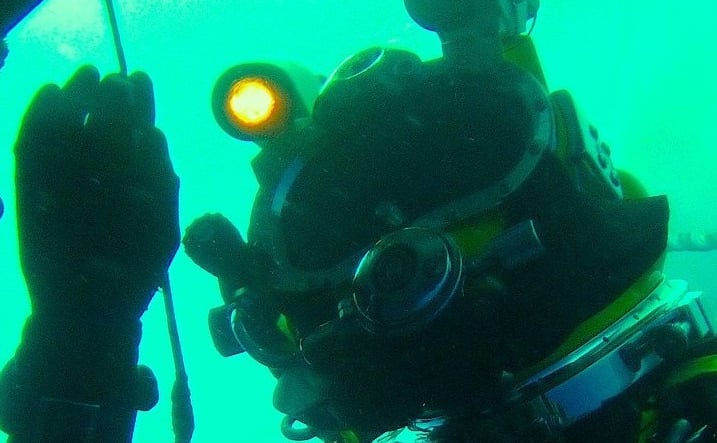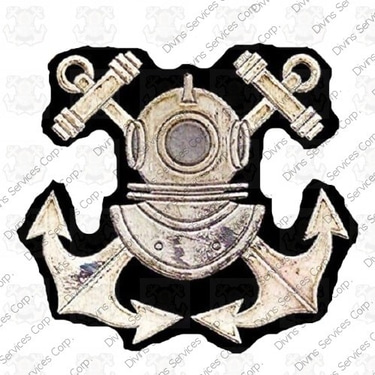The Importance of Professional Underwater Structures and Vessel Inspections
Team of Diving Services Corp
2 min read


Why Underwater Inspections Matter
Underwater structures, such as bridges, piers, and offshore facilities, play a critical role in our infrastructure. As these structures are exposed to harsh marine environments, they require regular assessments to ensure their integrity and safety. Professional underwater inspections are essential in identifying potential issues before they escalate into costly repairs or dire accidents. By utilizing expert divers and advanced technology, these inspections offer insights that are crucial for maintaining safe maritime operations.
Frequency and Methods of Inspections
The frequency of vessel inspections largely depends on several factors, including the structure's age, location, and environmental conditions. Regulatory bodies often mandate inspections at various intervals to ensure compliance with safety standards. For instance, a commercial vessel might require inspections every six months, while underwater infrastructure could be inspected annually or biannually.
Several methods are employed in underwater inspections, ranging from traditional dive teams to remotely operated vehicles (ROVs). Divers are equipped with specialized tools to assess the condition of materials and to perform repairs when necessary. On the other hand, ROVs provide a non-invasive option for visual inspections and can reach depths that might be challenging for human divers. Each method employs advanced technology, such as sonar imaging and high-definition cameras, making inspections more efficient and reliable.
Benefits of Professional Inspections
Investing in professional underwater structure and vessel inspections yields multiple benefits. Firstly, regular inspections help in identifying corrosion, structural damage, and other signs of wear early on. This proactive approach can save organizations significant costs associated with unexpected repairs and prolong the life of the infrastructure.
Secondly, ensuring the safety of underwater structures minimizes risks to human life. The maritime industry is inherently dangerous, and unexpected failures can result in catastrophic accidents. By adhering to a regular inspection schedule and engaging qualified professionals, companies can greatly reduce their liability and enhance the safety of their operations.
Finally, professional inspections provide a sense of security for stakeholders and the public. Knowing that infrastructure is monitored and maintained fosters trust in the maritime and construction industries. This trust is vital for smooth operations and can lead to greater investment opportunities.
In conclusion, the importance of professional underwater structures and vessel inspections cannot be overstated. Regular assessments not only safeguard human life but also preserve invaluable assets and ensure compliance with regulations. For the maritime industry, investing in high-quality inspections is a commitment to safety, reliability, and longevity.
Copyright ©2025. Diving Services Corp, All rights reserved.
